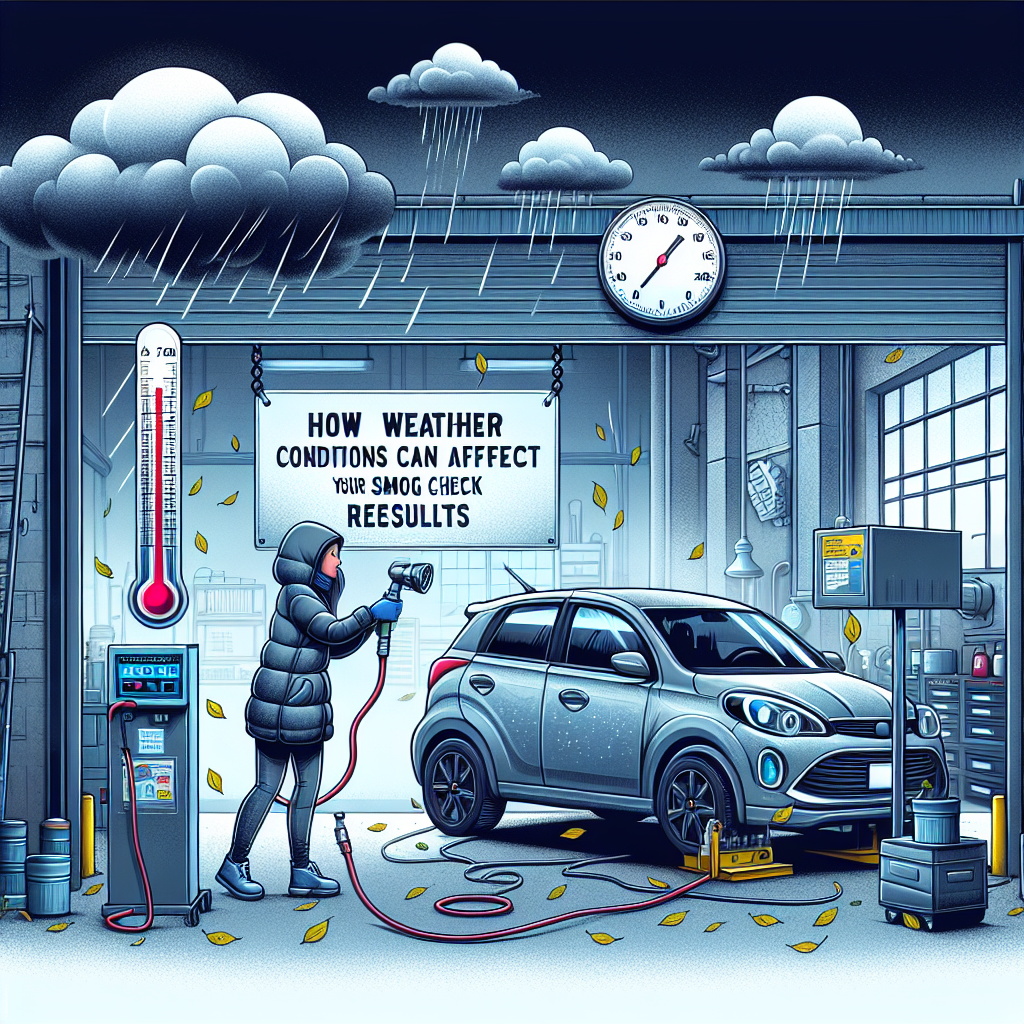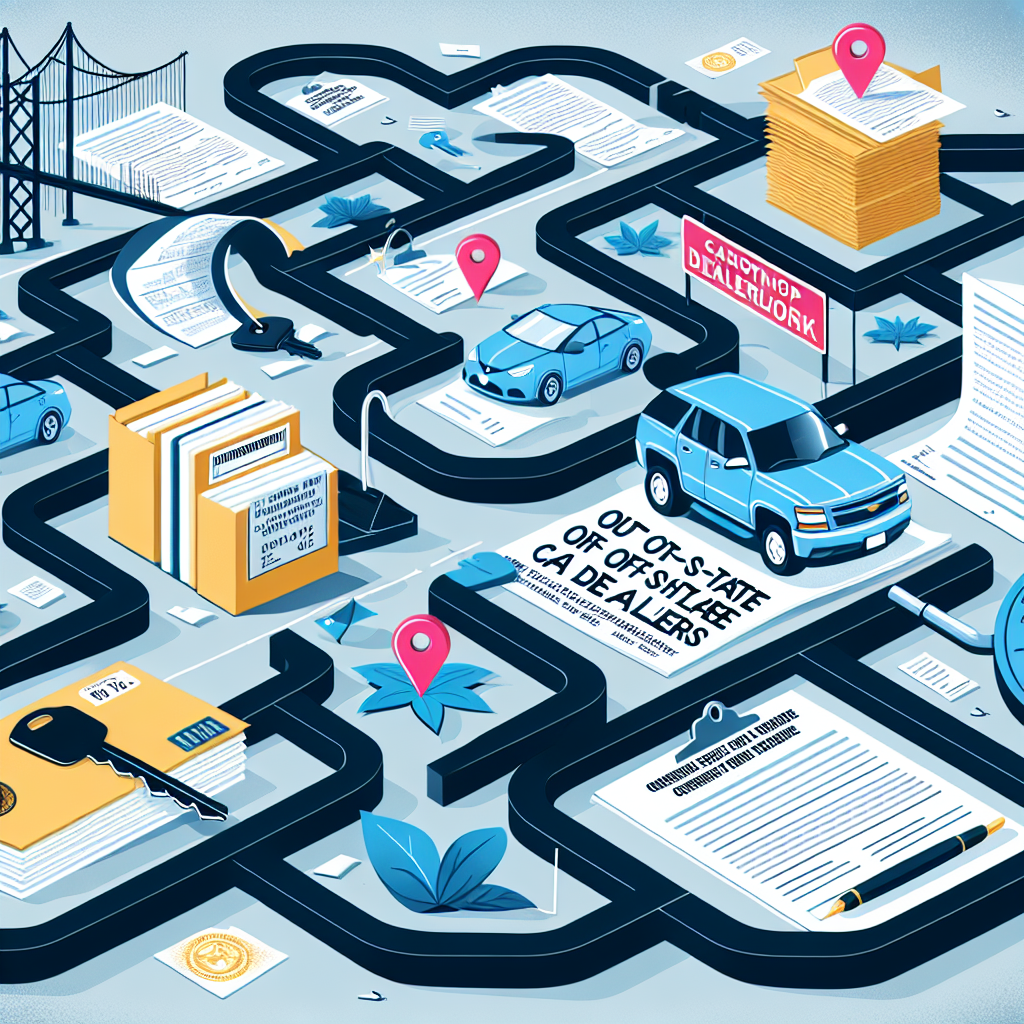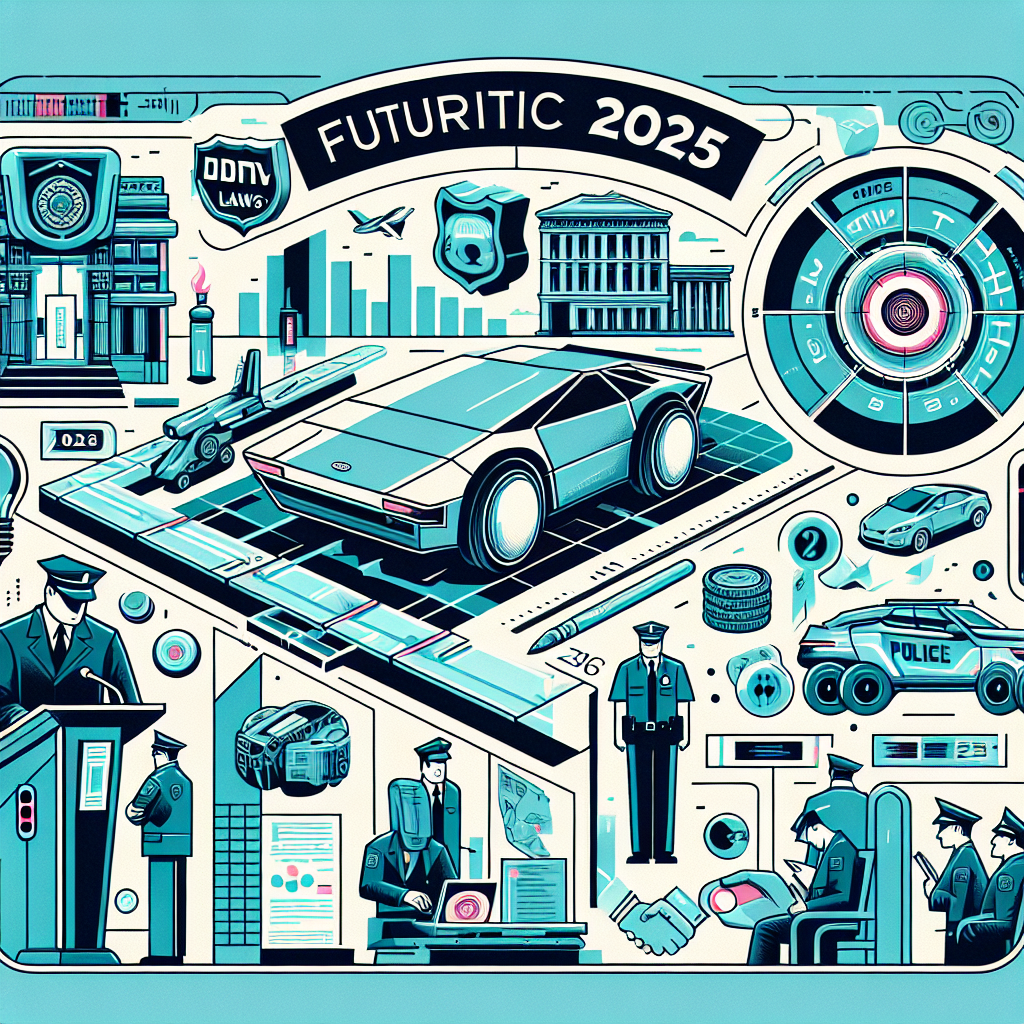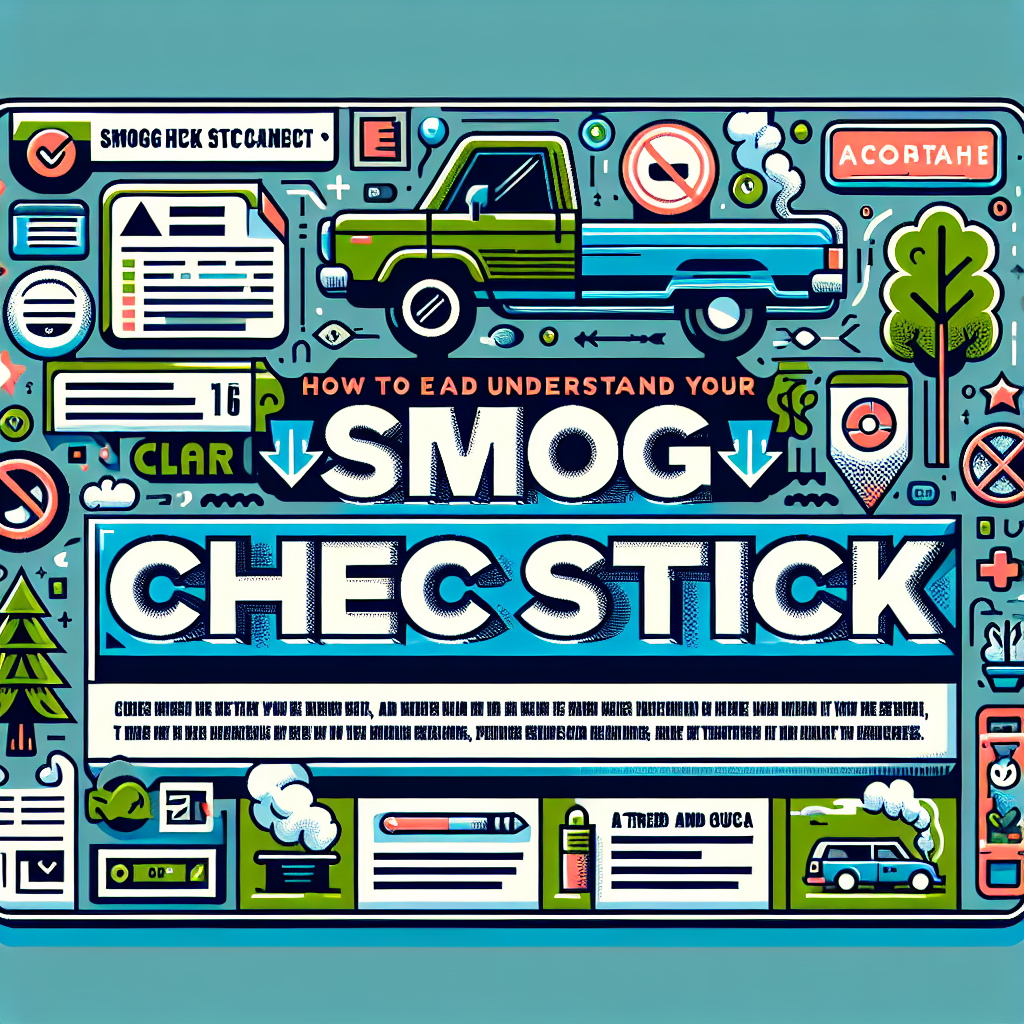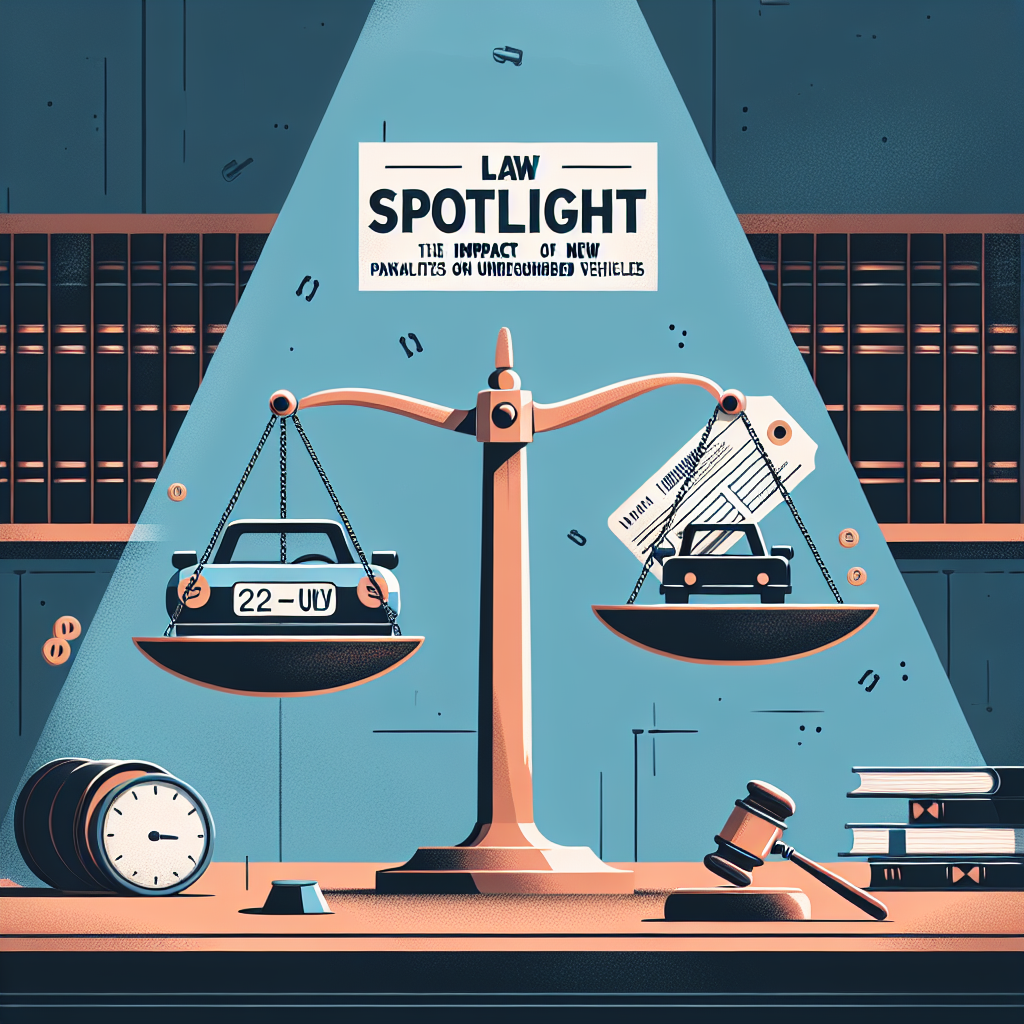How Weather Conditions Can Affect Your Smog Check Results
Introduction
If you own a car in California, you’ve probably heard of a “smog check.” This is an important test that checks if your car’s emissions meet the state’s air quality standards. Smog checks help keep the environment clean and your car running well. But did you know that the weather can really change how your smog check results turn out?
In this blog, we will talk about how different weather conditions affect your smog check results so that you can choose the best time to get your test done.
The Science Behind Smog Checks
Before we get into the weather effects, let’s understand how smog checks actually work. During a smog check, technicians measure how much pollution comes out of your car. They test the exhaust emissions to ensure they are within safe limits. Keeping emissions in control is important to reduce air pollution, improve air quality, and make your vehicle work better and more efficiently.
Weather Factors That Influence Smog Check Results
Weather can change how your car performs during a smog check. Knowing this can help you choose the right time for your test.
Temperature Changes
- Cold Weather: When it’s cold, it takes your car longer to warm up, and during this time, it lets out more emissions. The catalytic converter, which helps reduce emissions, doesn’t work as well when your car is cold.
- Extreme Heat: In really hot weather, your car can overheat. This affects how well the engine burns fuel and might make emissions go up. The heat can also make car parts expand, which can cause leaks.
Humidity Levels
- High Humidity: When it’s very humid, there’s a lot of moisture in the air. This can lead to incomplete burning of fuel, making your car emit more pollutants.
- Dry Air: Dry air can cause static electricity to build up in some parts of your engine, which might change the emissions results.
Barometric Pressure
Barometric pressure affects how fuel burns in your car. Changes in pressure can influence how well your car burns fuel. For instance, lower pressure, like at higher places, can make your car burn fuel badly, causing higher emissions.
Seasonal Considerations
Winter Challenges
- Cold Starts: In winter, cars take more time to warm up, which leads to higher emissions. Let your car warm up a little more before a smog check.
- Preparation Tips: Make sure your car is ready for winter, like checking the battery to avoid starting problems.
Summer Strain
- Overheating Risks: The summer heat can make the engine overheat and affect test results.
- Precautionary Measures: Check coolant levels often, and avoid smog checks during hot afternoons. Early morning or late evening is usually cooler and better for tests.
Spring and Fall Transitions
- Transitional Weather: Spring and fall have changing temperatures and pressures, affecting emissions.
- Best Practices: Plan smog checks during steady weather days and do regular car maintenance.
Practical Tips for Passing Smog Checks in All Weather
Here’s how to improve your chances of passing a smog test, no matter what the weather is like:
- Routine Maintenance: Get regular oil changes, engine checks, and check sensors to keep emissions under control.
- Pre-Check Inspections: Fix small issues before the smog check to avoid problems during the test.
- Timing Your Check: Check the weather forecast. Pick days with normal temperatures and stable weather for better chances of passing the test.
Conclusion
Weather can really affect smog check results. If you understand these effects, you can be better prepared. Keeping your car well-maintained and choosing your test time smartly can greatly improve your chances of passing. Remember, taking good care of your car not only helps with smog tests but also makes your car perform better and keeps the environment clean.
Call to Action
Are you ready to schedule your smog check? Visit Tags Clinic for an easy and professional experience. You can avoid waiting at the DMV and get back on the road quickly. Contact us today at 3845 University Ave, San Diego, CA or call 619-777-9046 to make an appointment or get expert advice.
